Wine regions of France
Wine is a sign of cultural identity in Mediterranean countries: France, Italy and Spain are the three largest producers, consumers and exporters of wine in the world (the order is the least important, as it changes frequently).
Originating in the Near East, wine arrived in France with the Greek colonisation (the Phocaeans founded Marseille at the end of the seventh century BC) and gained a great boost after the Roman conquest, especially from the first century AD France has about fifteen wine regions in which there are recognised wines with designation of origin (AOC).
The variety of soils, climate and altitude in the extensive French territory favors the production of wines with very diverse characteristics.
Decoding a French Wine Label
For the standard consumer, the labels of French wines can be confusing, often the grape varieties do not appear, or anything that reminds us of the concepts of crianza, reserva and gran reserva. On the other hand, we find in quality wines concepts that are difficult to equate in English such as cru, terroir, domaine or château.
The word cru does not refer to the time of barrel ageing, but to the set of characteristics linked to a specific territory, the terroir (type of soil, grape varieties, climate) and the type of production, something little used in other producing countries. It is a hallmark of quality. Although it does not have the same meaning in all regions, in general we can say that grand crus are the highest quality, followed by cru premieres and finally cru classé.
The words château (castle) and domaine (domain) refer to a specific estate from which the grapes come and in which the wine is made, generally the domain has a larger area than the château.
Quality wines from France
Quality wines are usually made with different varieties (one that gives the base of the wine and others that give it nuances) among those allowed for the corresponding AOC, but in recent years the production of single-varietal wines (Merlot, Cabernet, Pinot) has boomed, both in wines with designation of origin (AOC) and in wines from vineyards of different origins, which is why they are used for the generic denomination "Vin de France".
The Robe, the Sweetness and the Bubbles
In French, the color of the wine is referred to as its robe (meaning "dress"), and ranges from the pale yellow tones of the whites to the peach or currant tones of the rosés to the intense red of the full-bodied reds. Not to mention the delicate pink pallor of the so-called grey wine.
Classification by the sweetness of the wine
Due to its sugar content, it is referred to as dry wine (less than 2 grams per liter), semi-dry wine (from 2 to 30 gr/liter), mellow or moelleux (from 30 to 50 gr/l) and sweet or liqueur (more than 50 grams of sugar per liter of wine), a denomination reserved for wines called "noble rottenness". A similar classification is used for champagne, from brut nature to sweet, but we will deal with these sparkling wines on another occasion.
Young Wines and the World of Vin Primeur
It is that wine bottled once fermentation has been completed and that must be consumed within a few months to a year, without the permanence in the bottle giving it any extra nuance (quite the opposite) and the aged wines with a longer production process and longer time in the cellar that have a longer life and finish rounding off their characteristics with their rest in the bottle (provided that is kept in good conditions of temperature and humidity).
Pairing Suggestions for a Good French Wine
There are no strict rules in pairing, but there are three principles that are wise to follow: with light and mild-flavored meals, the nuances of light, fruity and aromatic wines are better appreciated; with hearty foods, with strong and spicy flavors, powerful and full-bodied red wines are better paired; if your food is going to be very spicy, generously seasoned with vinegar or with very marked flavors such as artichoke and asparagus, Its flavor will take over the nuances of the wine, so settle for a wine from the country or a young varietal,
For an aperitif or a snack of cold meats, the ideal complement is the freshness of a Provençal rosé with its fruity notes, or a structured, full-bodied white like an Alsace Riesling.
Salads (beware of vinegar!), as well as pasta or pizza, pair well with a young, light red wine. It might be the perfect time to try a Beaujolais.
Heavier meals
Heavy meals such as winter stews (legumes, onion soup, roasts) that are very caloric and fatty demand a full-bodied red wine with a high alcohol content that aids in the digestion of fats. A Bordeaux is always a safe bet. A Burgundy pinot noir is a great companion to red meats, hearty stews, game meat and a well-cooked duck breast.
Pairings in white and seafood meats
Seafood and soft fish, like white meats, pair well with light white meats based on sauvignon blanc or rosés. Mediterranean wines from Provence would be good choices. With fatty or highly seasoned fish, a red Syrah from the Rhône or a Cabernet from the Loire would be the alternative to a more structured white such as an Alsatian Riesling or a white from the Chablis region.
Recommendation for desserts
For desserts, the first option is always champagne, but since we are talking about wine, there are highly recommended options. Ripe fruit, fruit tartlets or apple tarte Tatin call for a semi-dry white or rosé, while, with creamy sweets, sponge cakes or the inevitable macarons, we choose a sweet white chenin with noble rot from the banks of the Loire, the same choice we would make for desserts in which nuts predominate.
Finally, for lovers of chocolate with a high cocoa content (more than 70%) the supreme pleasure will be to savour it with a full-bodied red wine with toasted aromas and noble wood, such as a Bordeaux with a predominance of cabernet, whether you eat the chocolate on its own or as part of a coulant, the pairing is sublime.
With this, you now have the basics to start practicing wine pairings. To help you along, our online store finding.wine offers a wide variety of wines. Don't miss the 10% discount on your first purchase as part of our promotion!




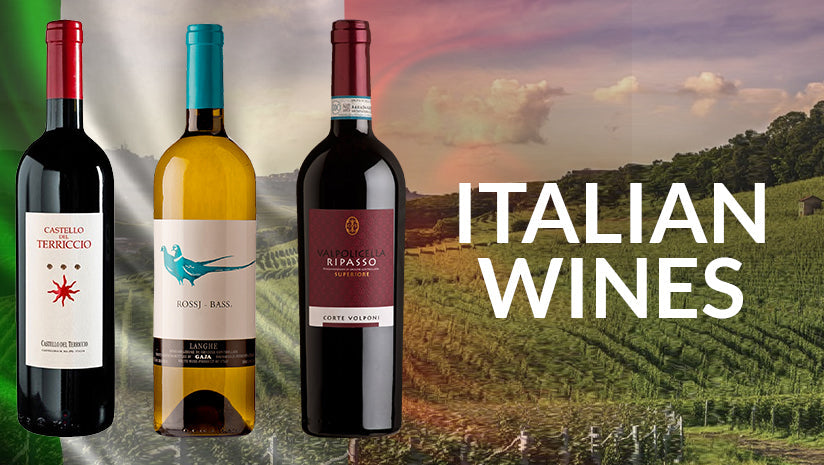
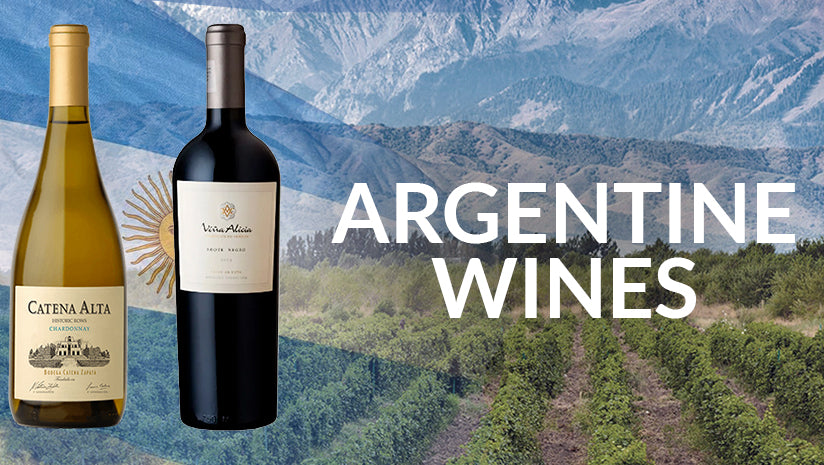
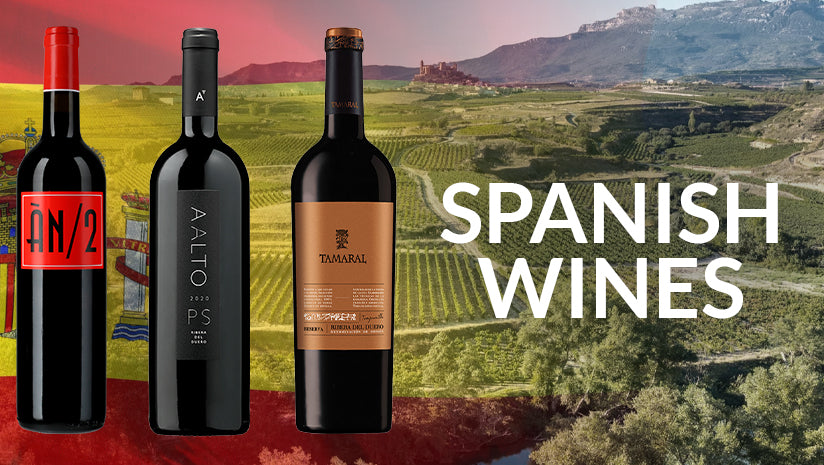
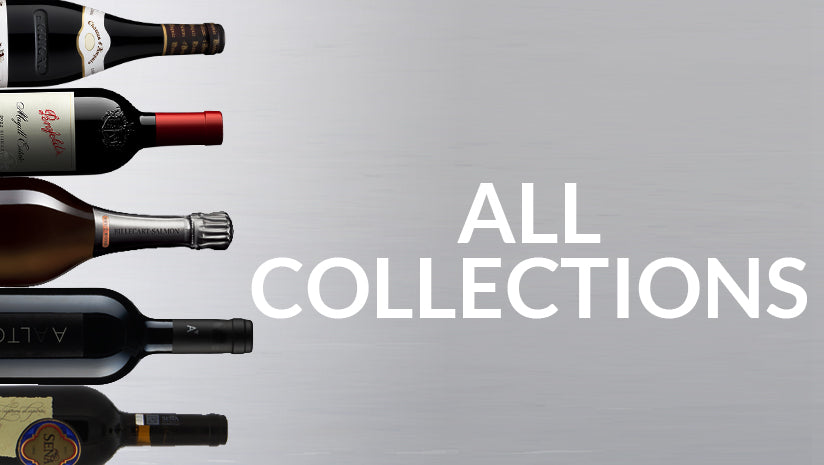

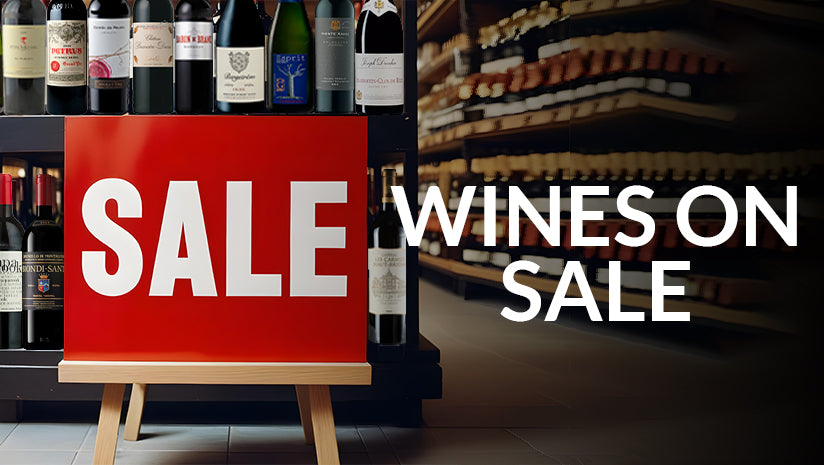
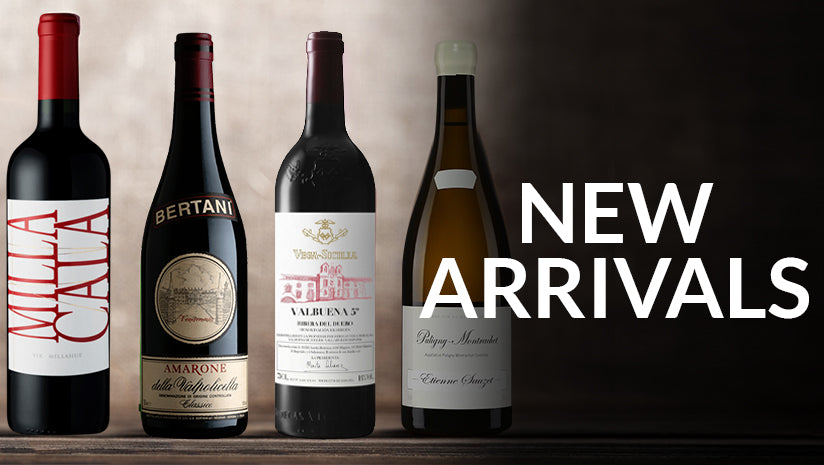
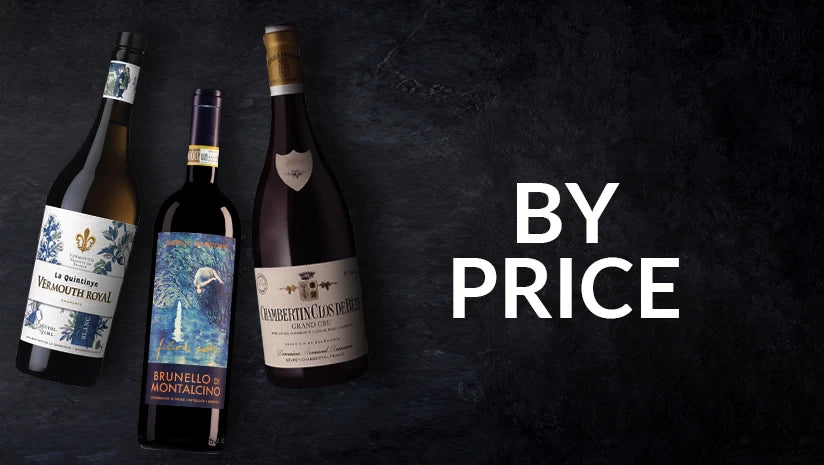














Leave a comment